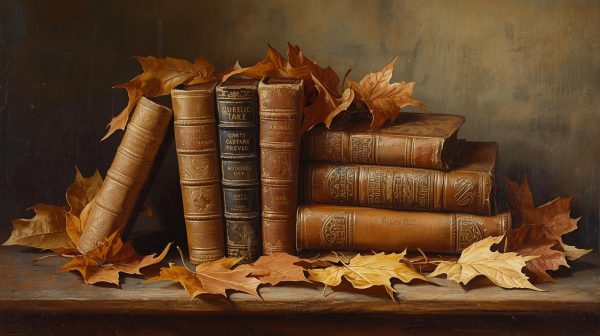Christmas around the world
In the United States, Christmas is a time for gift-giving and spending time with one’s family and friends. Such traditions make the Christmas spirit go wildly around and inflict joy and festivity upon many a soul, but this same spirit often precludes people from thinking about Christmas celebrations around the world. All around the globe, streets and homes are decorated in lights and Christmas trees are put up on Christmas Eve and Christmas Day (or, in many cases, significantly earlier), and, in many countries, religious gatherings and festivities of vast proportions are held. A few examples of such events and traditions are listed below.

In the Philippines, people like to informally celebrate Christmas for as long as possible, with Christmas carols tending to play in shops as early as in September! The formal Christmas celebrations start on December 16, when many people attend the the first of nine early morning masses, which are held daily until Christmas Day. Such early masses which are held before Christmas are known as the Misa(s) de Gallo or Simbang Gabi in Spanish and Filipino, respectively. These masses tend to have widespread attendance and give intense importance to the holiday, given that the population of the Philippines—the most Christian nation in Asia—is approximately 80% Catholic.
In Argentina, preparations for Christmas begin in early December or, in some cases, in November. Homes are decorated with beautiful lights and wreaths of green, gold, white, and red flowers. Red and white garlands are hung on buildings’ doors, and Christmas trees, with their ever-popular variety of colorful lights and breathtaking ornaments, are put up before December 8. The nativity scene or pesebre is also an important Christmas decoration in Argentina, and is commonly placed near the Christmas tree.

In Puerto Rico, caroling and aguinaldos (Christmas songs) are very popular around Christmas time. Homes are decorated in greenery, often with branches from palm trees as well as Christmas decorations. Nativity scenes—nacimientos or pesebres—are also popular, as are the ever-important figures of the Three Kings. People also like to wear traditional straw hats called pavas at Christmas celebrations. Christmas Eve is known as Nochebuena, and includes the main Christmas meals and celebrations of the festive season. Christmas Day—la Navidad—is, on the other hand, an opportunity to recover from the festivities of the previous day. Las Misas de Aguinaldos are special Catholic Masses which are held from December 15 to 24, with the latter day hosting an extra-grandiose midnight gathering known as the Misa de Gallo.

In Colombia, Christmas celebrations and preparations start on the evening of December 7, which is known as the Día de las Velitas, or “Day of the Little Candles.” Houses and streets are decorated with candles, lanterns and exuberant amounts of of lights. There are also impressively bright firework displays, music to dance to, and a selection of traditional Latin foods such as buñuelos and empanadas. This day is celebrated by Catholics around the world as The Feast of the Immaculate Conception, but it is especially popular in Colombia. From December 16th until Christmas Eve, many Colombians take part in novenas. These are special times when family, friends and neighbors come together to pray in the days leading up to Christmas. They are known as the Novenas de Aguinaldos. People like to decorate their homes with Christmas trees and other decorations. It’s very common for candles (normally red and white) and other lights displayed in windows or on balconies. Another very important Christmas decoration in Colombia is the pesebre—the nativity scene.

These celebrations collectively represent the unity and joy contained within the world, and the rich quantity of traditions which are used to commemorate Christmas are precious signs of the cultures which humanity as a whole has developed around a single celebration.

My name is Jordan Spencer, and I am a senior at Greater Nanticoke Area High School. This is my second year writing for The GNA Insider.
I am a four...







